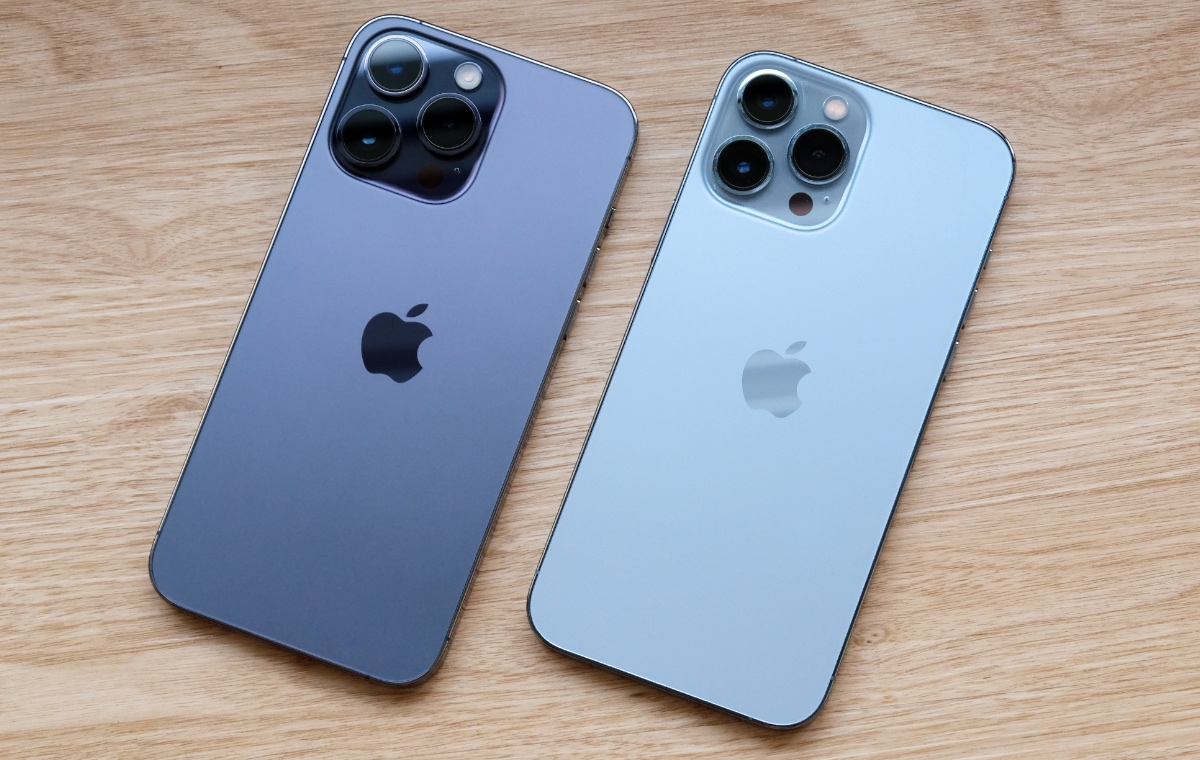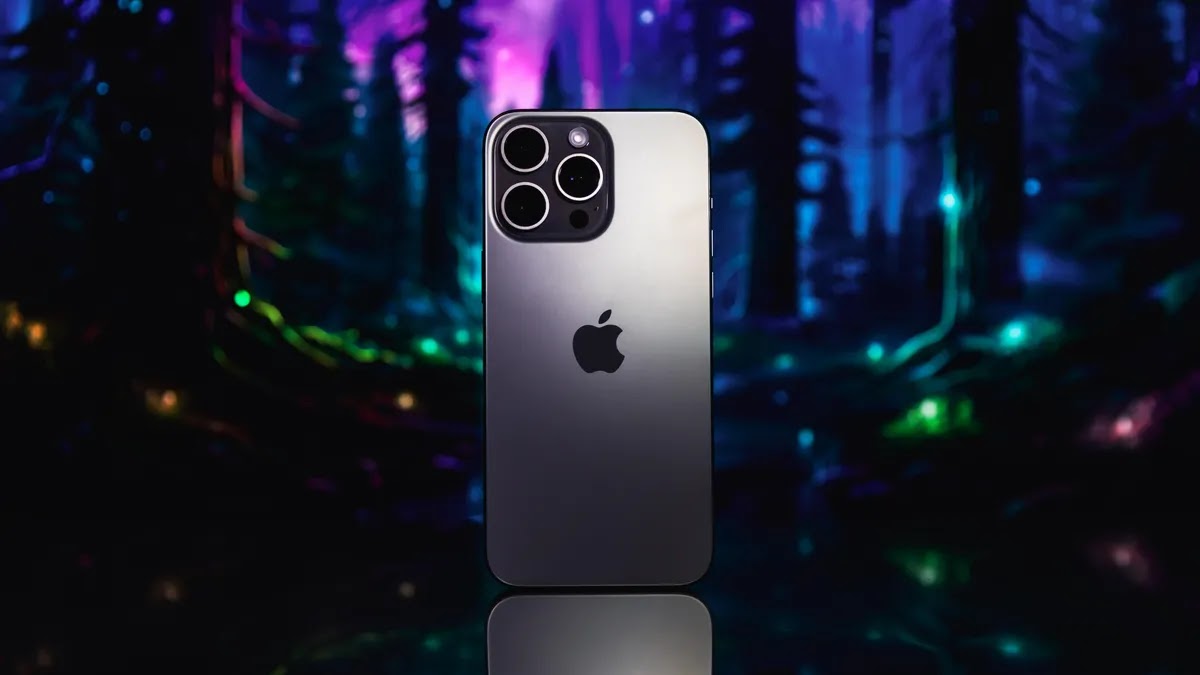Small alterations to smartphone designs are contributing to more cases and accessories ending up in landfills.
Many smartphone models get updated every year. Even though they usually don't look very different, the cases made for one phone often won't fit the next one. This means you have to buy a new case or risk using your phone without one. But it doesn't have to be like this.
We're now in a time where smartphones don't change a lot each year, except for some special types like foldable phones. Most of the improvements we see in new iPhones or Galaxy phones are about making them work faster and smoother, not about making them a different size or shape. The biggest change you might notice is where they put the cameras on the back, but they don't really need to move them around all the time. However, that's what tends to happen anyway.
Let's talk about the Samsung Galaxy phones, like the S20 Plus and its newer versions. They all look pretty similar in terms of size and shape. The Galaxy S20 Plus was a certain size, the S21 Plus was a bit different, and the S22 Plus changed a bit too.
The only real change over these three versions was how thick they were. The S21 Plus got a bit thicker to fit a bigger battery, and then it got a bit thinner again with the S23 Plus. So, they made some progress there!
You might not even notice these small size changes from one iPhone to the next, but they can cause a problem. When people upgrade to a new model, their old phone cases and screen protectors don't fit anymore. So, what happens to those old accessories? Well, they often end up in clearance sales, charity shops, or even in the trash. Just imagine all the extra plastic waste because Samsung, Motorola, or Google made tiny changes to their phones. It's not so great for the environment.
Phone Size and Design Consistency Can Be Effective (With These Examples)
Some smartphones have kept their look for a while. A big one is the iPhone SE series. They use the same outside as older iPhones and just make the insides better.
The first iPhone SE came out in 2016, and it looked just like the iPhone 5S from 2013. So if you had a 5S, you could switch to the SE and still use your old stuff with it.
The second-generation iPhone SE, as well as the third-generation one, shared the same outer design as the iPhone 8. This meant that for six years, people could use the same accessories for all three phones. This not only reduces waste but also makes it easier for folks with older phones to find cases and screen protectors that fit.
This situation also benefits the companies that make these accessories. They might sell fewer new cases, but they can keep selling the same ones for a longer time, which is good for their business.
Flagship phones usually come in different designs for each new version. But Motorola did something a bit different with the Moto Z series, which started in 2016. They made some special accessories, called Moto Mods, that could stick to the phones using magnets. These Mods included things like extra batteries and projectors. They were meant to fit perfectly with the phone's shape, so all the Moto Z phones had to be the same size.
But, these Mods didn't become very popular, and so the 2019 Moto Z4 was the last phone to use this design. Also, the size of the screen and the thickness of the phone changed a bit with each new model. This meant that you couldn't use the same cases or screen protectors for all the Z series phones, which could have been a helpful feature, but it didn't happen.
Consistent Design Benefits Everyone (Including the Environment)
It's okay for smartphones, tablets, and other gadgets to look different if there's a good reason, like making the screen bigger, fitting in a bigger battery, or adding more buttons. But sometimes, they change how things look just because they want to, not because it makes things better.
For five years in a row, from the iPhone 11 to the iPhone 15, the screen stayed the same size, which is 6.1 inches. The edges around the screen got smaller with the iPhone 12, but since then, the physical size of the phone changed just a little bit. This makes it tricky because accessories that worked with one generation might not fit the next one.
Many smartphone companies, especially Apple, are making big changes to help the environment. Some of these changes are quite challenging, like using cleaner energy and making it easier to fix their products. But there's one idea that seems pretty easy to adopt: instead of releasing new phone designs every year, why not stick with the same one and reduce the waste from accessories? It doesn't make much sense to work hard on making your supply chain eco-friendly if a small design change forces factories to throw away their old stock, make new tools, and adjust to the change.
Always changing smartphone designs are not good for the people who buy the phones, and they're not good for the environment. It's time to stop this constant redesigning.




Post a Comment